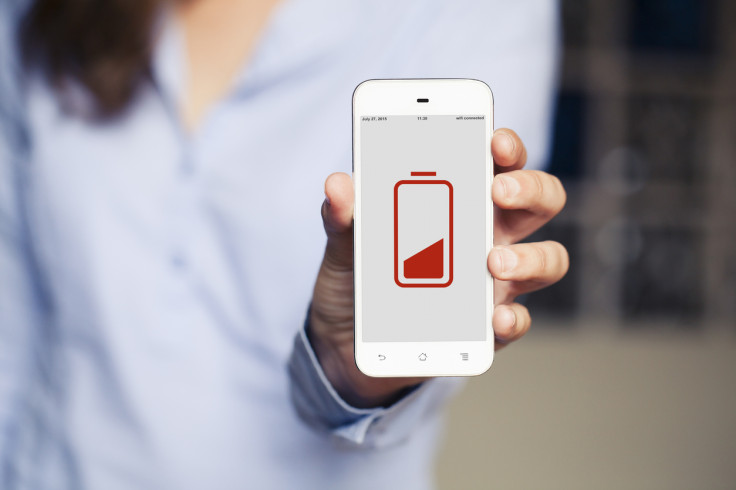New self-charging battery tech could lead to solar-powered smartphones
Don't throw away your power cables just yet though...

Scientists have taken a step toward creating a self-charging battery that could eventually put an end to one of smartphone users' biggest bugbears. Researchers from Canada's McGill University in Montreal were able to charge a lithium-ion battery by applying molecules coated in photosensitive dye to a cathode.
The battery was then able to harvest solar power and generate a small amount of energy, reports The Telegraph. The researchers believe that the breakthrough could eventually lead to the development of new "hybrid solar" batteries capable of charging themselves, although they first face a number of significant hurdles.
For example, at present the technology only allows the battery to draw power and not release it back into a device, meaning any energy drawn is essentially useless. The researchers also noted that smartphones would need to be redesigned in a way that would allow sunlight into the handsets to power the batteries – a fairly tall order, to say the least.
With smartphones getting ever more power-intensive, the technology would need to offer a far better sunlight-to-energy conversion than current external solar-charging systems for mobile devices, which tend to deliver meagre pay-offs.
Still, even if smartphones couldn't run off solar power alone, giving them sun-harvesting abilities would at least cut the time we spend milling around power sockets and let us top up our phones simply by leaving them out in the sun. In which case, the angst-inducing quandary of leaving the house with less than 50% charge could eventually be a thing of the past.
© Copyright IBTimes 2025. All rights reserved.






















